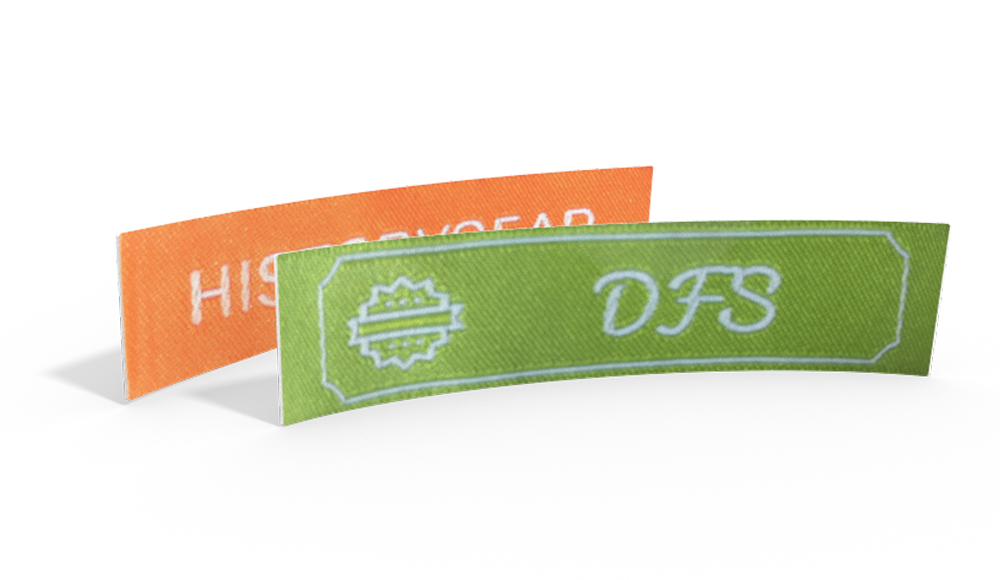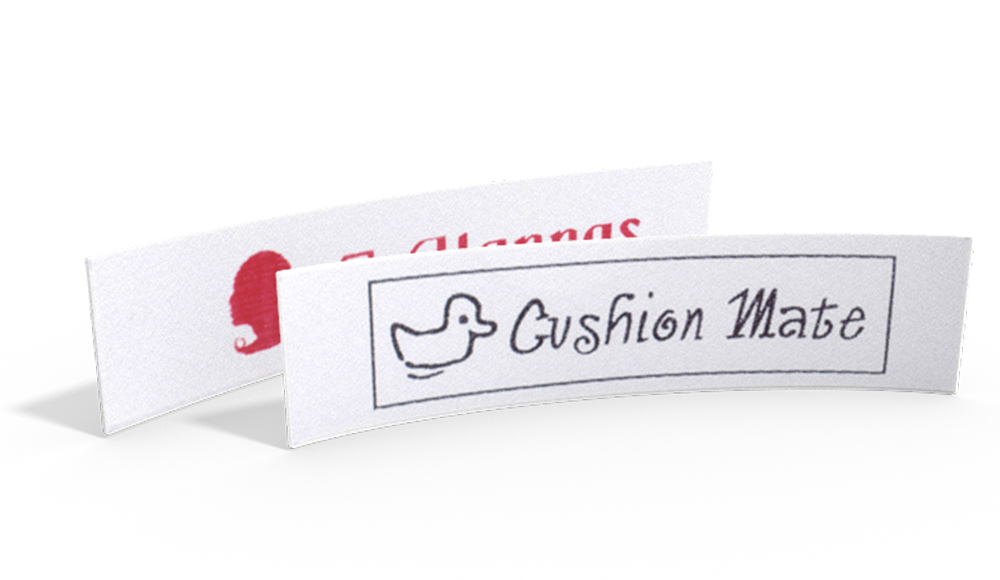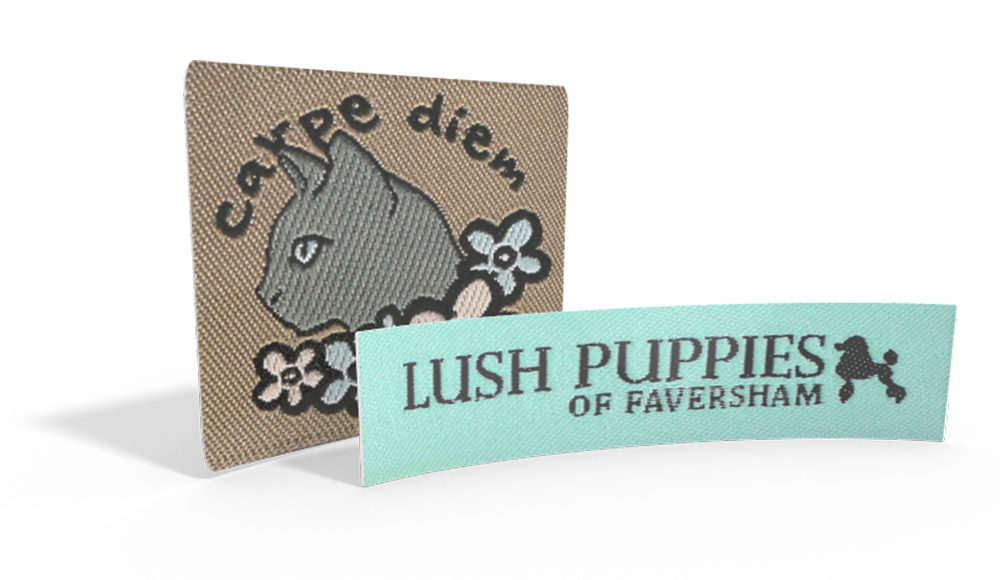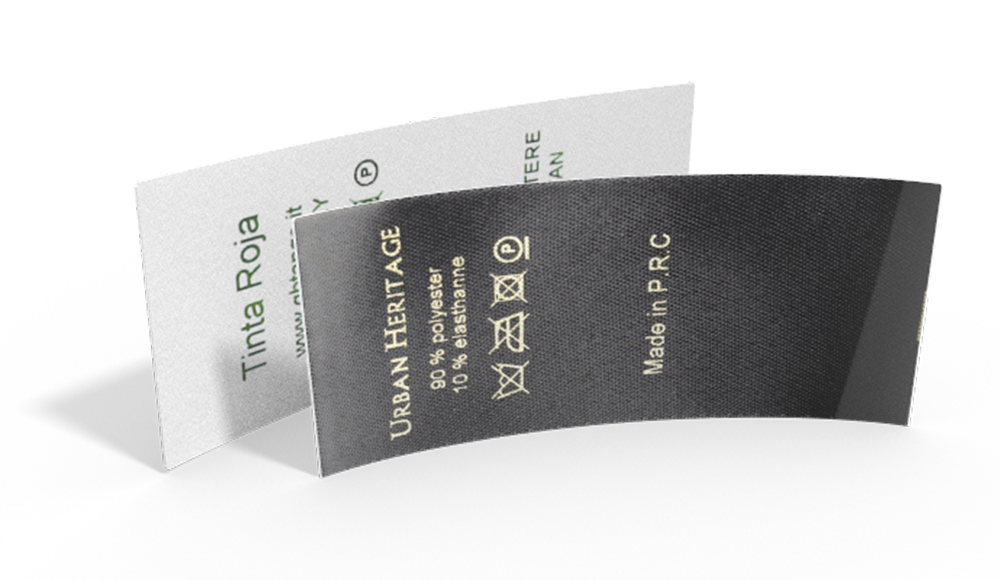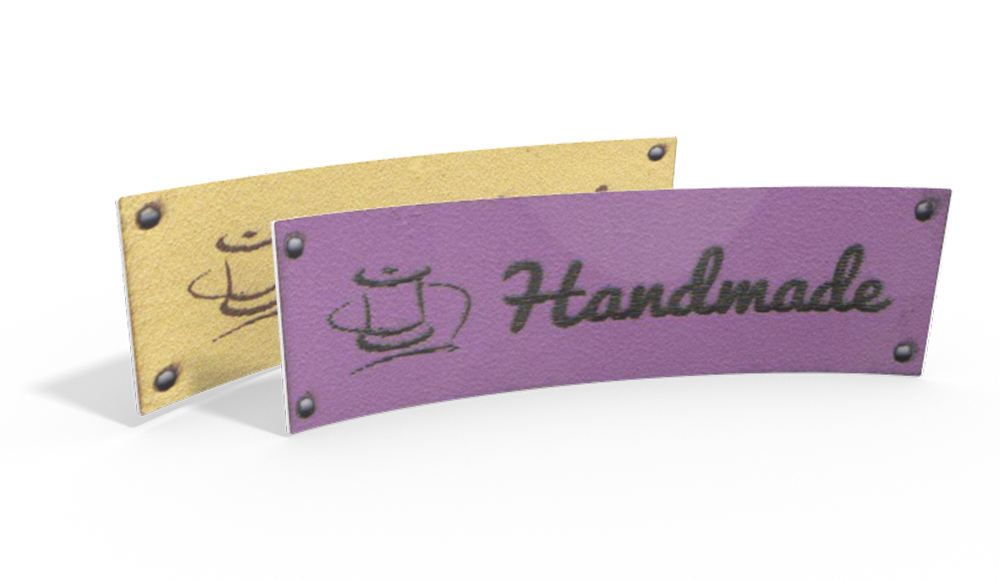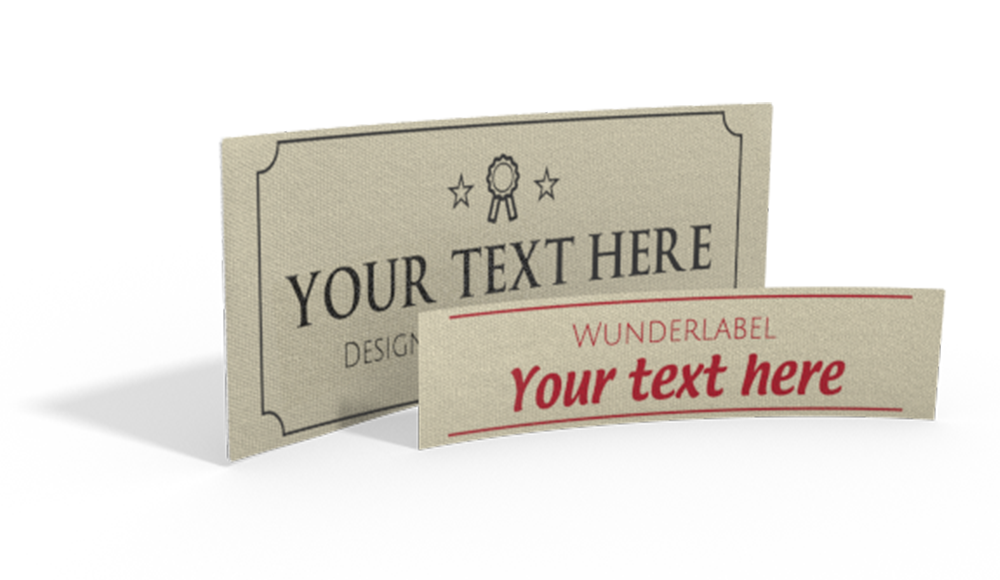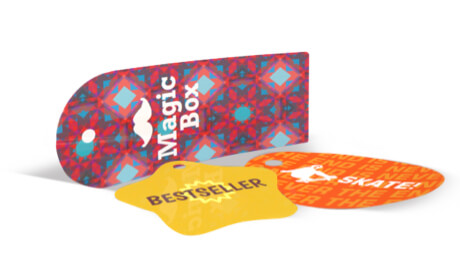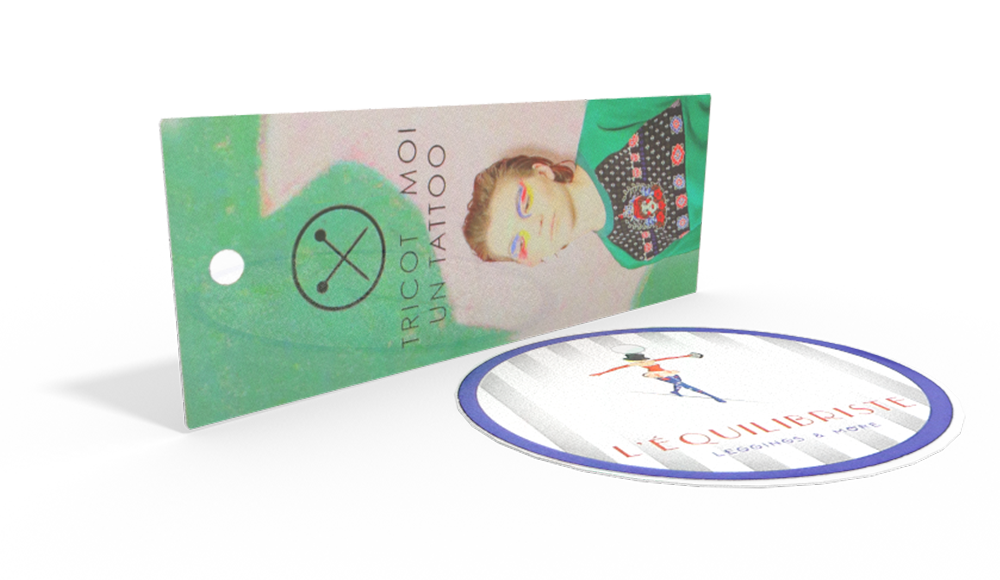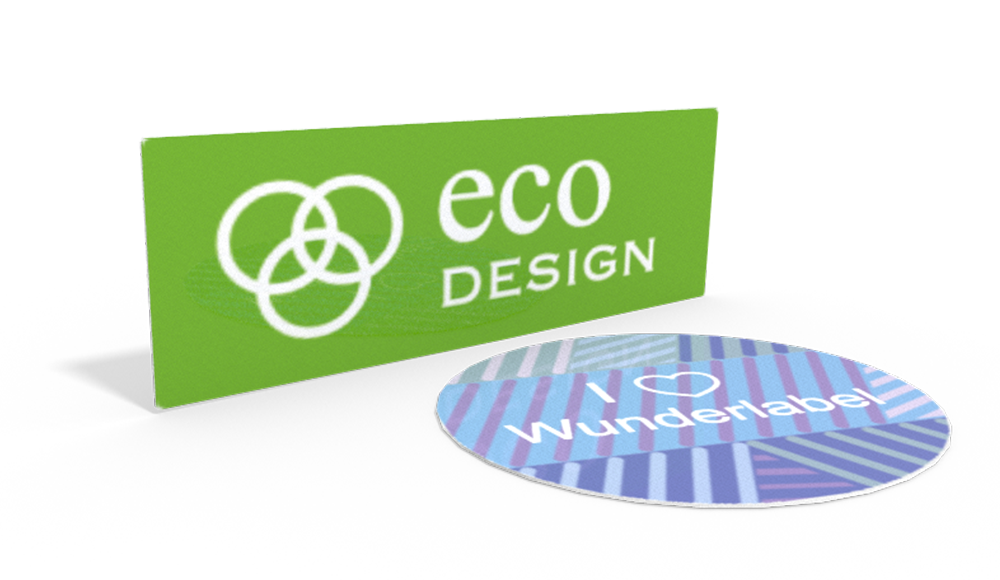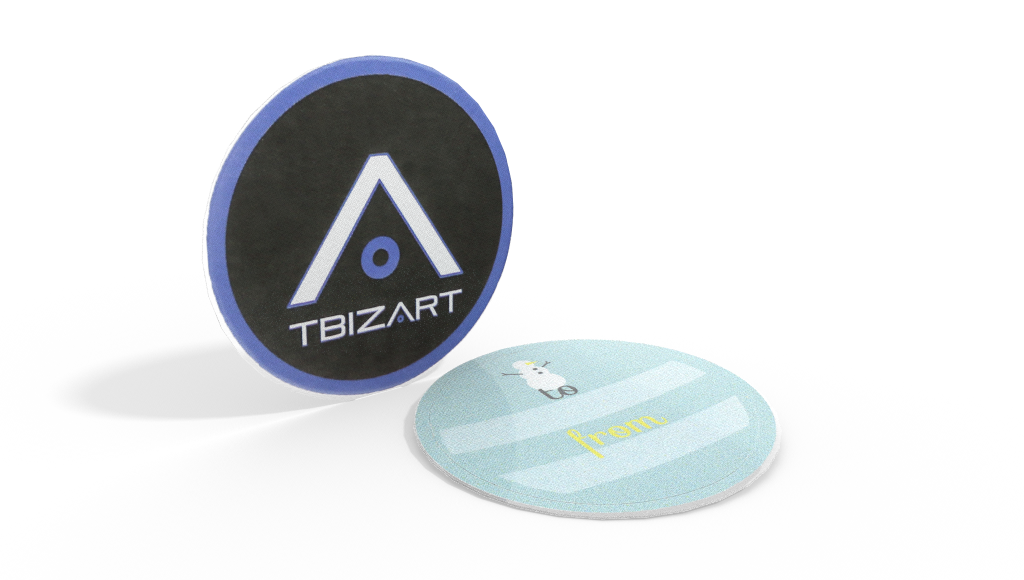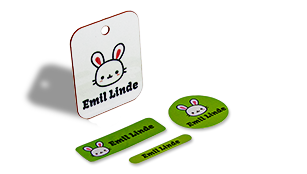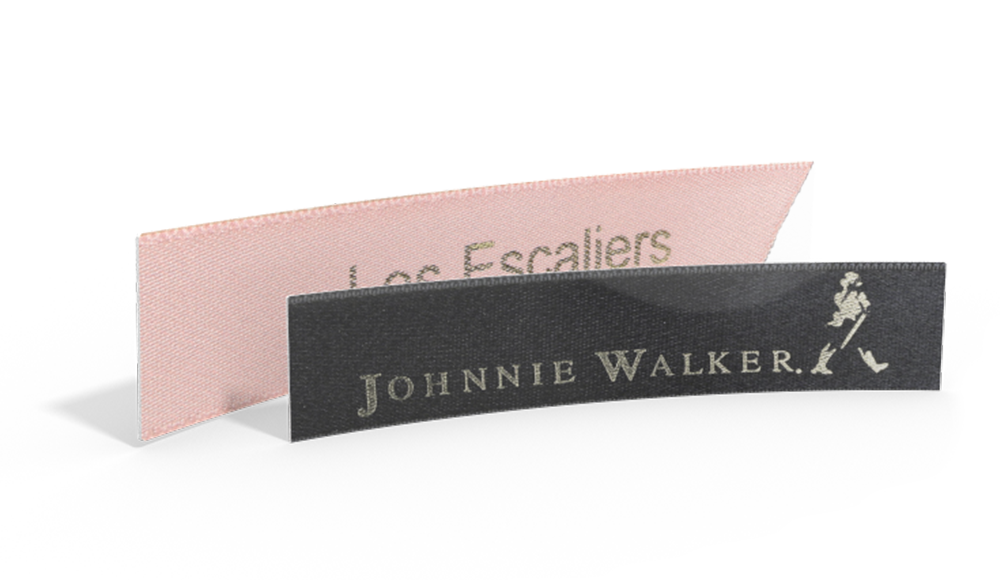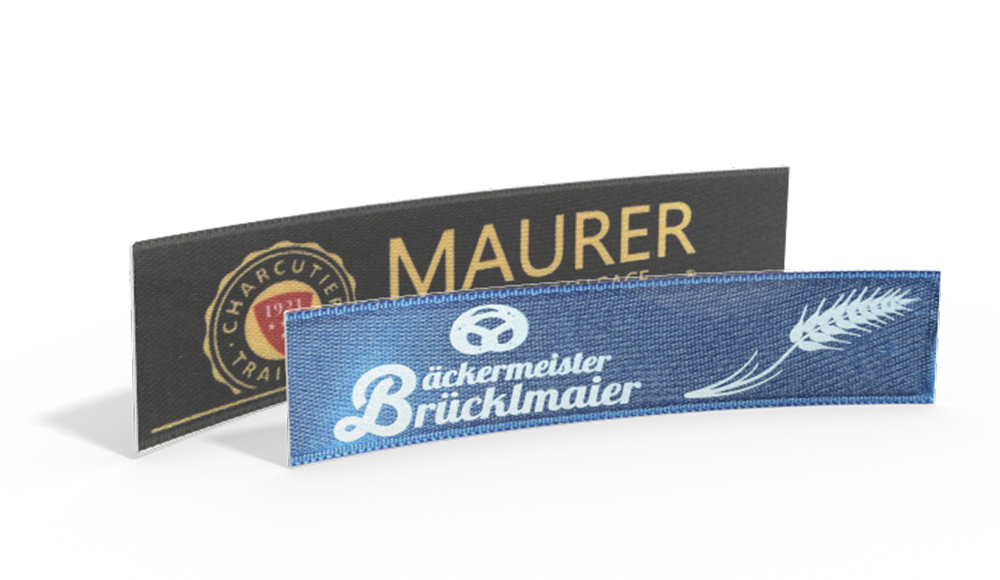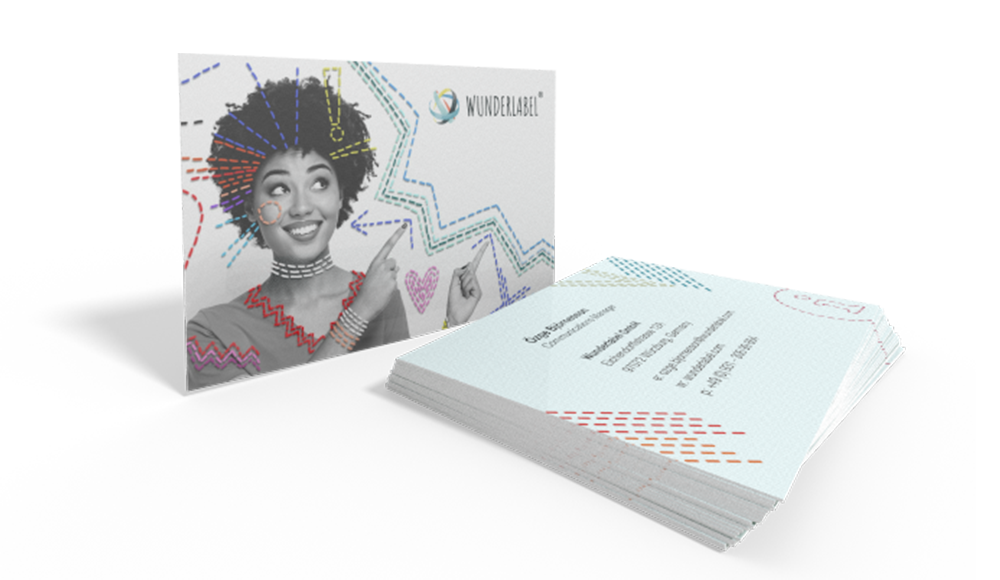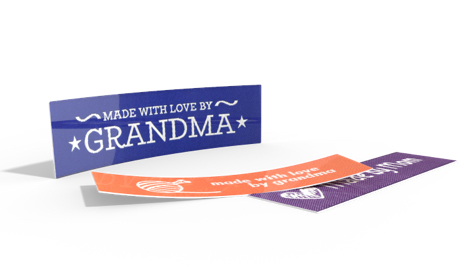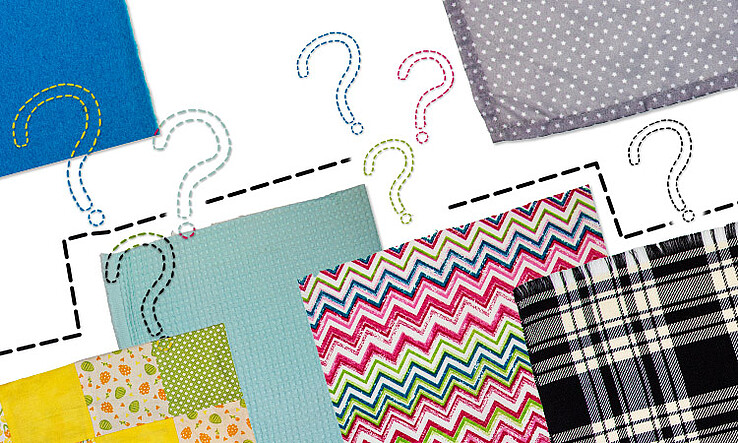If you're about to embark on a creative project, whether it's sewing a garment, making home furnishings or implementing a DIY idea, you're probably familiar with the nagging question: "How much fabric will I need?
The right amount of fabric depends on several factors, which we will discuss in this article. We'll tell you what to look out for when calculating your fabric requirements, so you don't overstock or understock and your projects come off without a hitch.
Yard or Metre?
When searching for fabric you will come across the terms 'yard' and 'meter', which can be confusing for some. Geographical location and tradition often dictate the choice of measurement unit. Yards are common in the USA and some other places, but most other places, including Europe, use meters.
But how much is a yard of fabric? One yard is approximately 0.914 meters, or just under 91 centimeters. So if you shop in an American or yard-based shop, you will see fabrics measured in yards. Check with the shop assistant first to avoid ordering the wrong amount.
Choosing the Fabric Pattern
Sewers choose patterns based on many factors, including their creativity, resources, budget and the specific project they are working on. Here are some options for selecting your fabric:
1. Buy a ready-made patterned fabric from a shop:
Sewing enthusiasts can look for ready-made fabric patterns in fabric shops or online. There are a variety of designs and prints already available on different fabrics. These ready-made fabric patterns may have been designed by fashion designers, textile designers or large fabric manufacturers. Sewers can choose between different designs, colors and types of fabric depending on the requirements of their project and their personal preferences.
2. Buy a commercial pattern:
A commercial pattern is a recurring design created for sale and mass production. Sewers can use commercial patterns to make products that will appeal to a wide market. These patterns may be available in the form of pre-printed fabrics, fabric panels or digital print templates. They offer a practical and time-saving solution to selecting an attractive and professionally designed pattern.
3. Buy fabric with your own design:
Some sewers choose to design their own fabric patterns. This requires creativity and knowledge of textile design. Hand-drawn designs, digital designs or even photographs can be converted into patterns that they can then have printed on the fabric of their choice or, if they have the necessary tools and skills, print themselves. Using your own fabric pattern allows you to create unique and individual pieces that cannot be found anywhere else.
So the decision to use a particular fabric pattern depends on the needs of the project, the budget available, the creative vision and the technical skills of the sewers. Some may prefer the convenience of ready-made patterns or commercial designs, while others enjoy the challenge and creativity of designing their own.
Buying Fabric with a Commercial Pattern
A commercial fabric pattern typically refers to a recurring or repetitive design produced for sale or mass production of textiles and fabrics. Such patterns can be used in various industries such as fashion, interior design, furniture and crafts.
Commercial patterns are often created by designers, textile printers or design companies. They may include different motifs, colour combinations, symbols or geometric shapes. They can be applied to fabrics for clothing, bedding, curtains, handbags, cushion covers, tablecloths and many other textile products.
The term "commercial" means that the patterns are designed to be produced and sold in large quantities to appeal to a wide audience. Because the designs can be reused and applied to different types of fabrics and products, they are a cost-effective way of making products in the textile industry.
The Advantage of Commercial Patterns
One of the main advantages of commercial patterns is that they usually give a clear indication of the amount of fabric required. They will tell you how many meters or yards of fabric are needed for the size and design of the project in question. This eliminates the need for time-consuming calculations and makes planning and shopping lists much easier.
Also, commercial patterns are usually designed for specific fabric widths, which helps you use fabric more efficiently and have less waste. This not only saves money, but also valuable resources.
In addition, the designs include detailed instructions and recommendations on the most appropriate fabric type for the project, to help choose the right fabric with the right properties and in the right quantities.
Dealing with Fabric Waste
Fabric waste is the inevitable loss of fabric during the cutting and sewing process, whether it is due to aligning patterns, adjusting pieces or making small mistakes. To ensure that you have enough fabric, it is a good idea to always plan a little more than the calculated amount. Natural fabrics such as cotton, silk and linen can shrink during the first wash. Many manufacturers compensate for this by adding a little more material than you ordered. However, it is better to check with the seller to ensure that you do not end up with too little.
To successfully deal with waste and buy the right amount of fabric, follow these important steps:
- Accurate measurement and planning: Start by accurately measuring and planning your project. Use the measurements from the pattern or template to determine how much fabric you will need. Also allow for any alterations or size changes.
- Plan for more fabric: It is always a good idea to buy a little more fabric than you actually need. A good rule of thumb is to add 10% to 20% to allow for unexpected shrinkage and small errors. Always include allowances for hems, seams and repeats!
- Efficient cutting: When cutting the fabric, try to minimize waste. Clever arrangement of cut pieces can help use fabric more efficiently and reduce waste.
- Use scraps wisely: Save small scraps of fabric as they can be used in future projects. For patchwork, appliqué or small accessories, these scraps can be very useful.
- Use your experience: The more experience you gain with particular projects and types of fabric, the better you will be able to estimate shrinkage and calculate the right amount of fabric.
- Follow washing instructions: Always follow the fabric manufacturer's washing instructions on the laundry label of your new garment.
Patterned Fabrics - What Do I Need to Know?
Patterned fabrics can be beautiful and bring your projects to life, but they require careful planning to get the patterns right and to allow for waste.
There are some important aspects to consider, especially when it comes to buying the right amount of fabric:
- Pattern repeat: Make sure that the pattern of the fabric has repetition. This means that the pattern repeats periodically and is not linear. If you have to cut several pieces of fabric, the pieces should flow seamlessly into each other. This is called the "repeat": it refers to the distance at which a pattern repeats itself (length & width).
- Precise planning of the cut: Precise cutting is especially important with patterned fabrics. You may need more fabric to center the pattern or to place certain designs.
- Correct orientation: Think about how you want to place the pattern on your project. Will it be horizontal, vertical or diagonal?
- Fabric type and pattern: Consider the type of fabric and how the pattern will look on it. Some types of fabric make it more difficult to align patterns accurately. If necessary, test on a small piece of fabric to see how the pattern will look on the chosen fabric type.
- Minimize waste: Try to arrange the pattern pieces to minimize waste. It may be helpful to arrange the pattern pieces on the fabric before cutting.
Conclusion
With careful planning, using commercial patterns, allowing for waste and choosing the right fabric, you can ensure your project runs smoothly and you can easily achieve the end product you want. With these tips, you'll be well equipped to bring your creative ideas to life and improve your sewing skills. Happy Sewing!
FAQ
How much fabric do I need for a pair of trousers?
The amount of fabric needed for a pair of trousers depends on various factors, such as the desired size, the pattern and the width of the fabric. As a rule, about 1.65 to 2.2 yards of fabric are needed for a simple pair of trousers without lining. However, it is advisable to check the pattern and plan a small reserve if necessary to allow for wastage and individual adjustments.
How many meters is 1 kg of fabric?
The weight of a fabric is usually expressed in grams per square meter (g/m²), not in kilograms per meter. The number of meters in a kilogram of fabric therefore depends on the density or weight of the fabric per square meter. For example, 1 kg of a fabric with a density of 200 g/m² corresponds to a length of 5 meters. If the fabric density is higher, the length for 1 kg of fabric will be correspondingly shorter, and vice versa for lower density.
What fabric do I need for my project?
To choose the right fabric for your project, you should first define the desired project and its requirements. Consider whether the fabric should be light, heavy, stretchy, firm or flowy. Also consider the intended uses and maintenance requirements to find the best fabric for your project that meets your needs both functionally and aesthetically.

